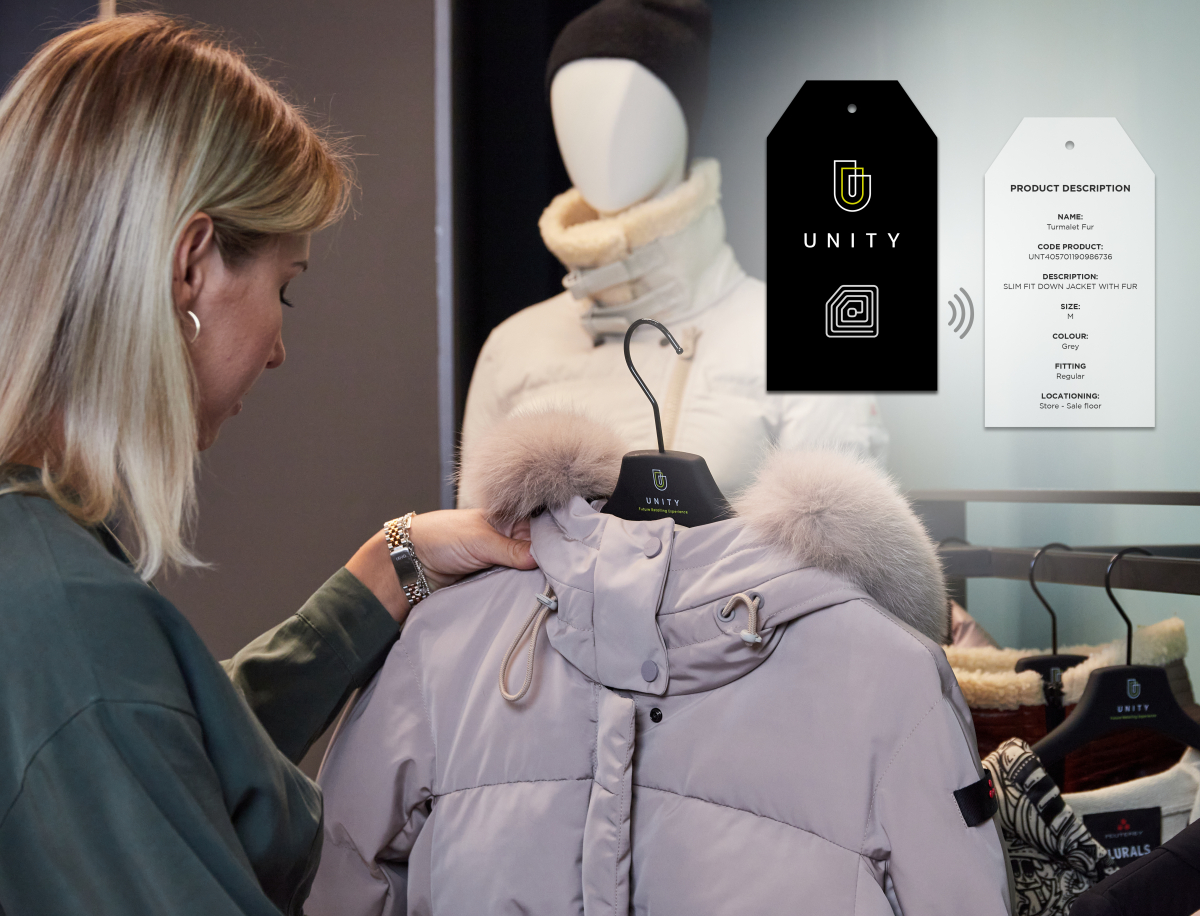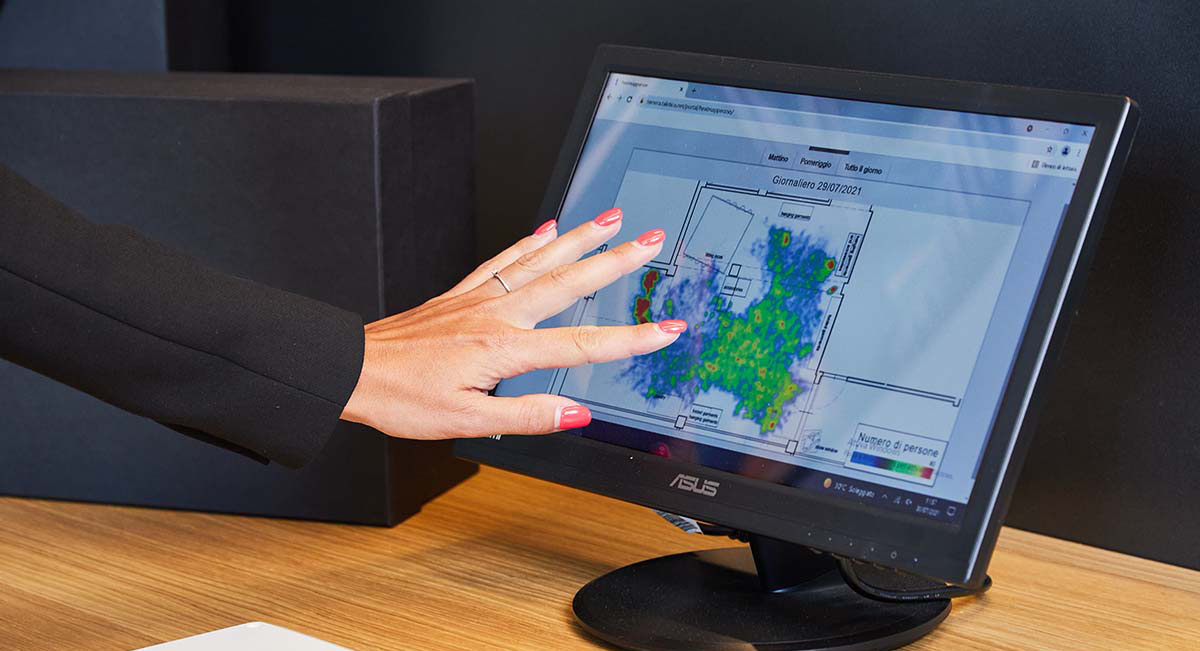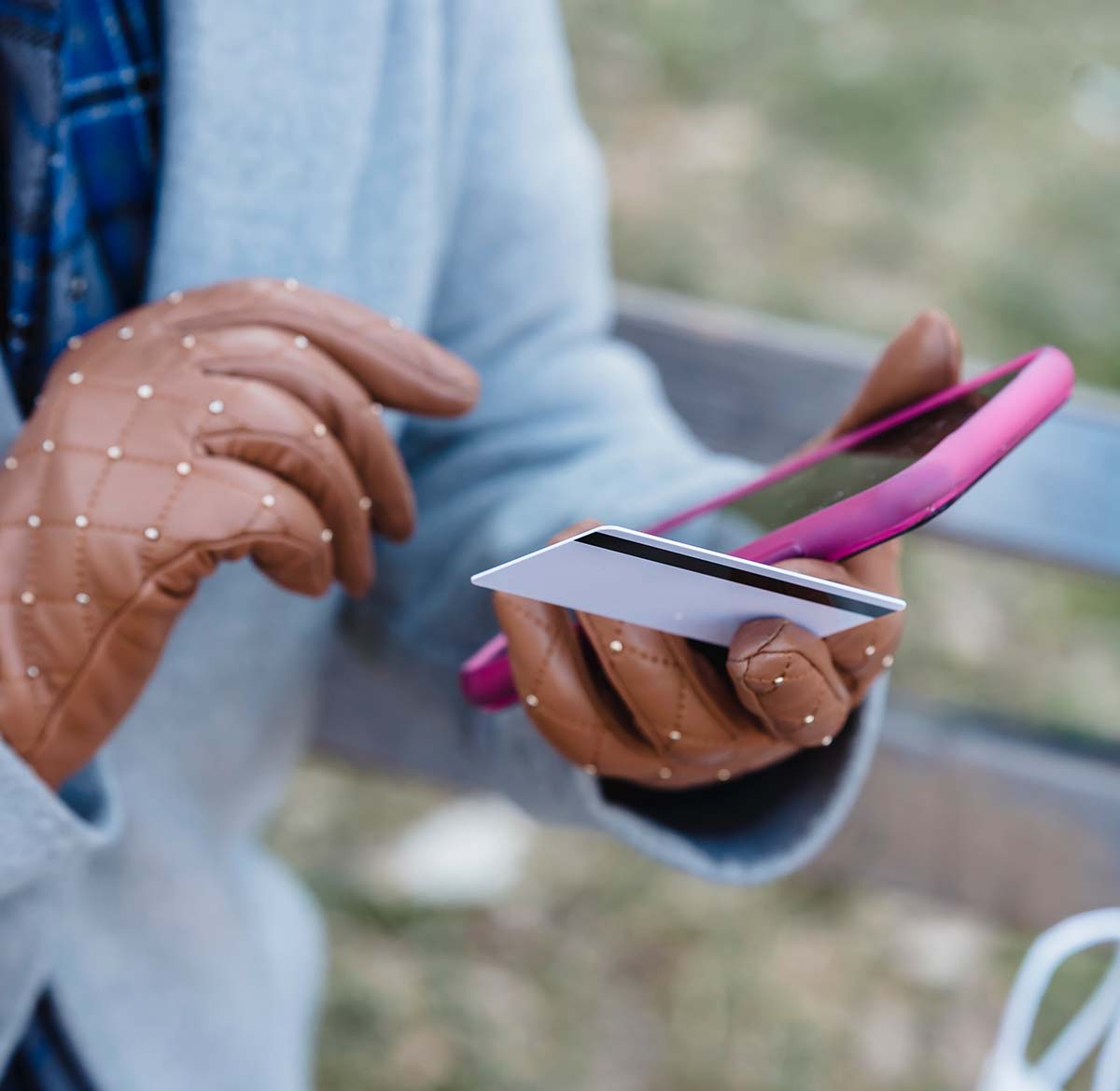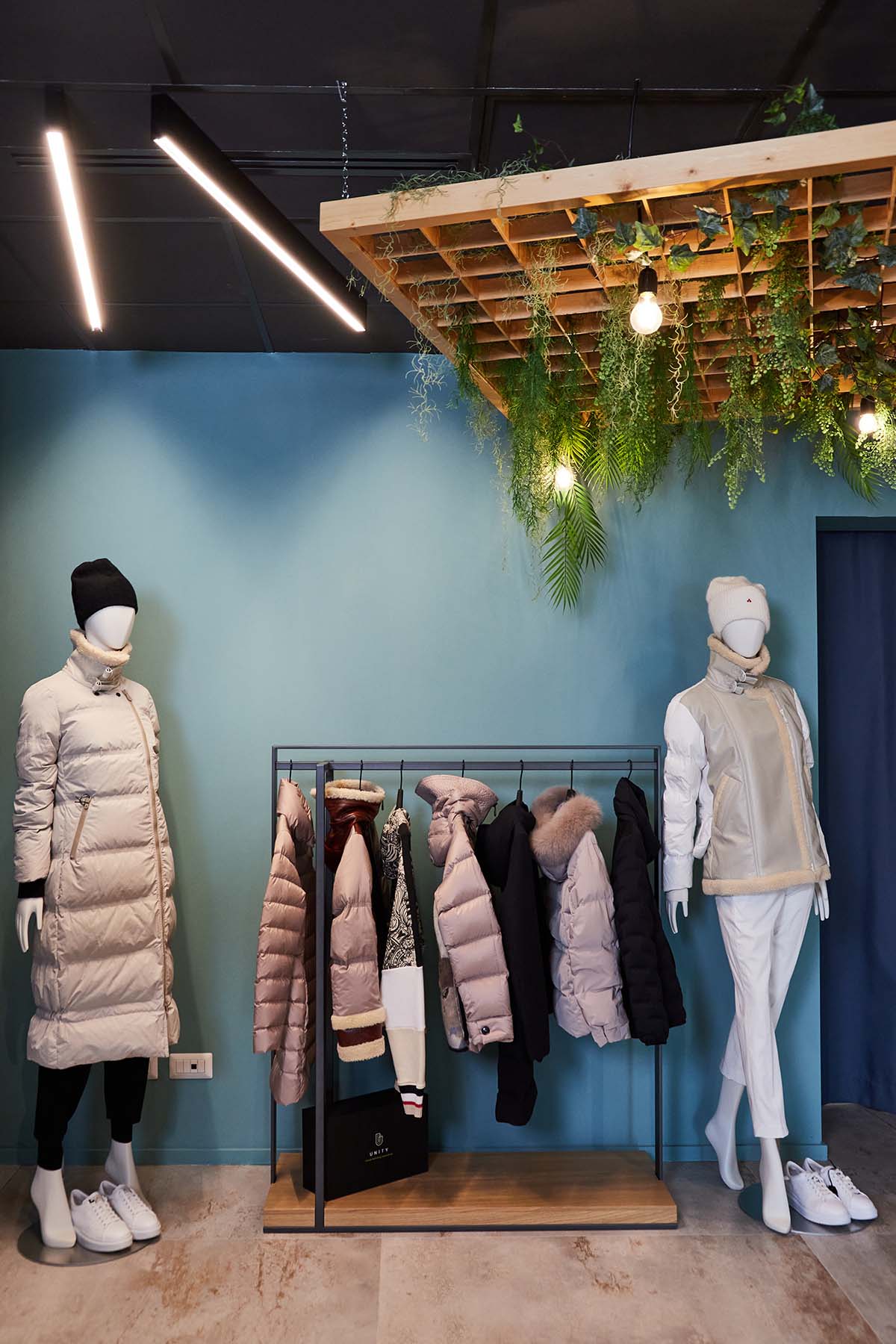Thanks to innovative technology based on the use of the Internet of Things, the brands have the possibility of reinforcing the relationship between the products and the consumers by implementing customised marketing actions to gain customers’ loyalty and transform them into brand ambassadors.
The use of cutting-edge technology, like rfid, nfc and uhf tags, integrated into sophisticated coding and reading systems, not only makes the products smart and able to communicate, but also allows stores to become more efficient, totally revolutionising the purchasing experience.
With this digital revolution, the physical store thus becomes an extension of e-commerce and vice versa, resulting omni-channel retail which focuses on customer satisfaction with regard to brand expectations.





